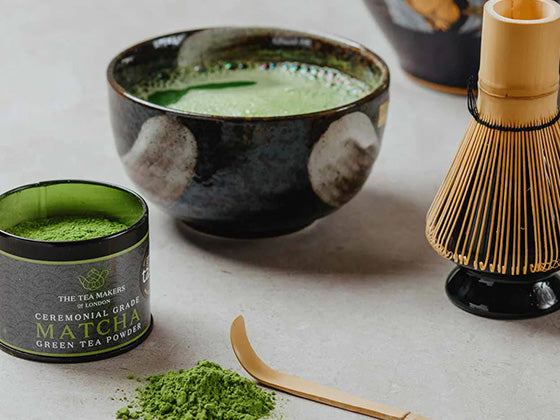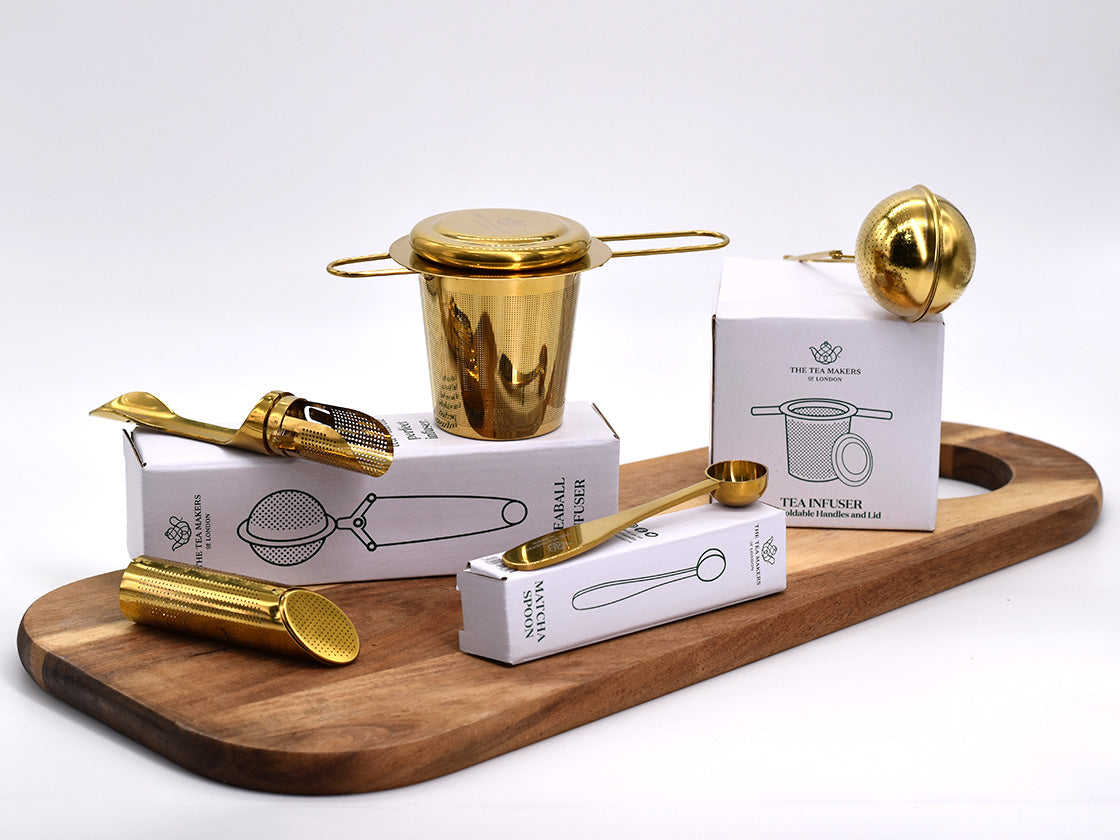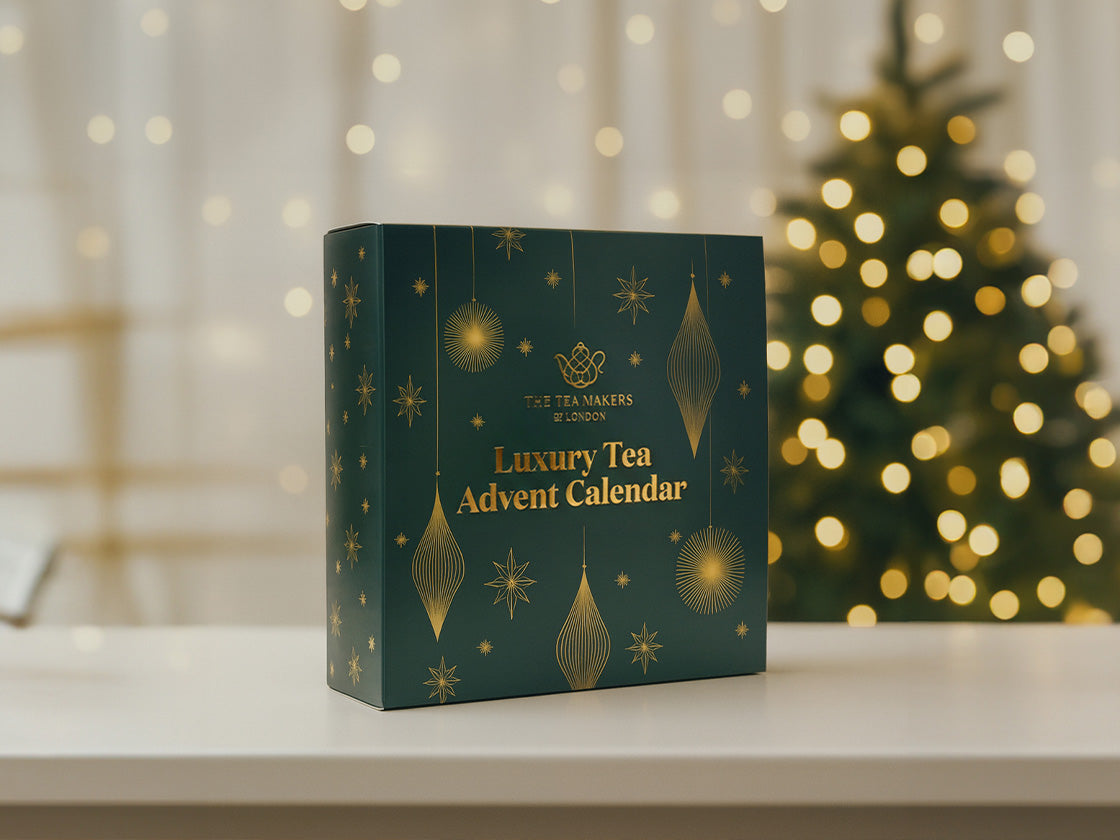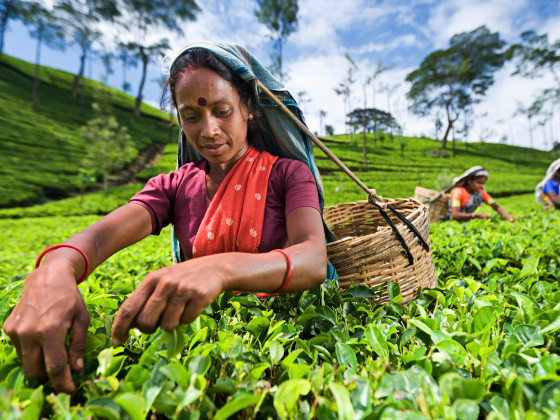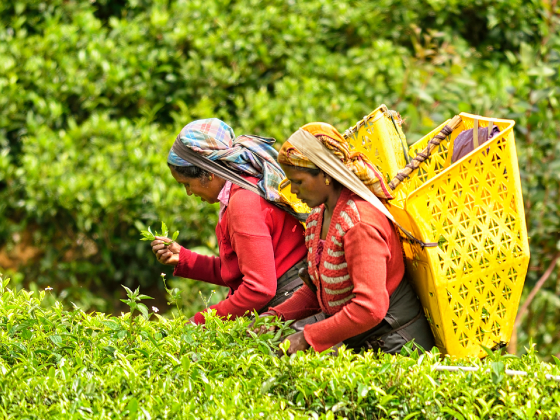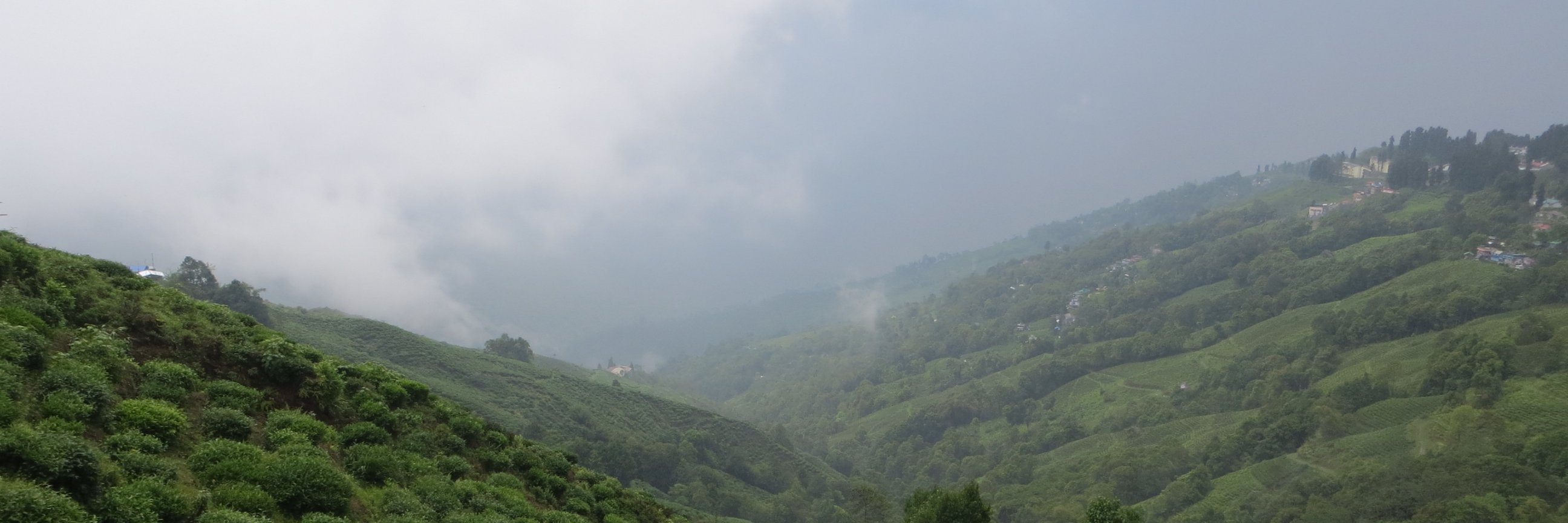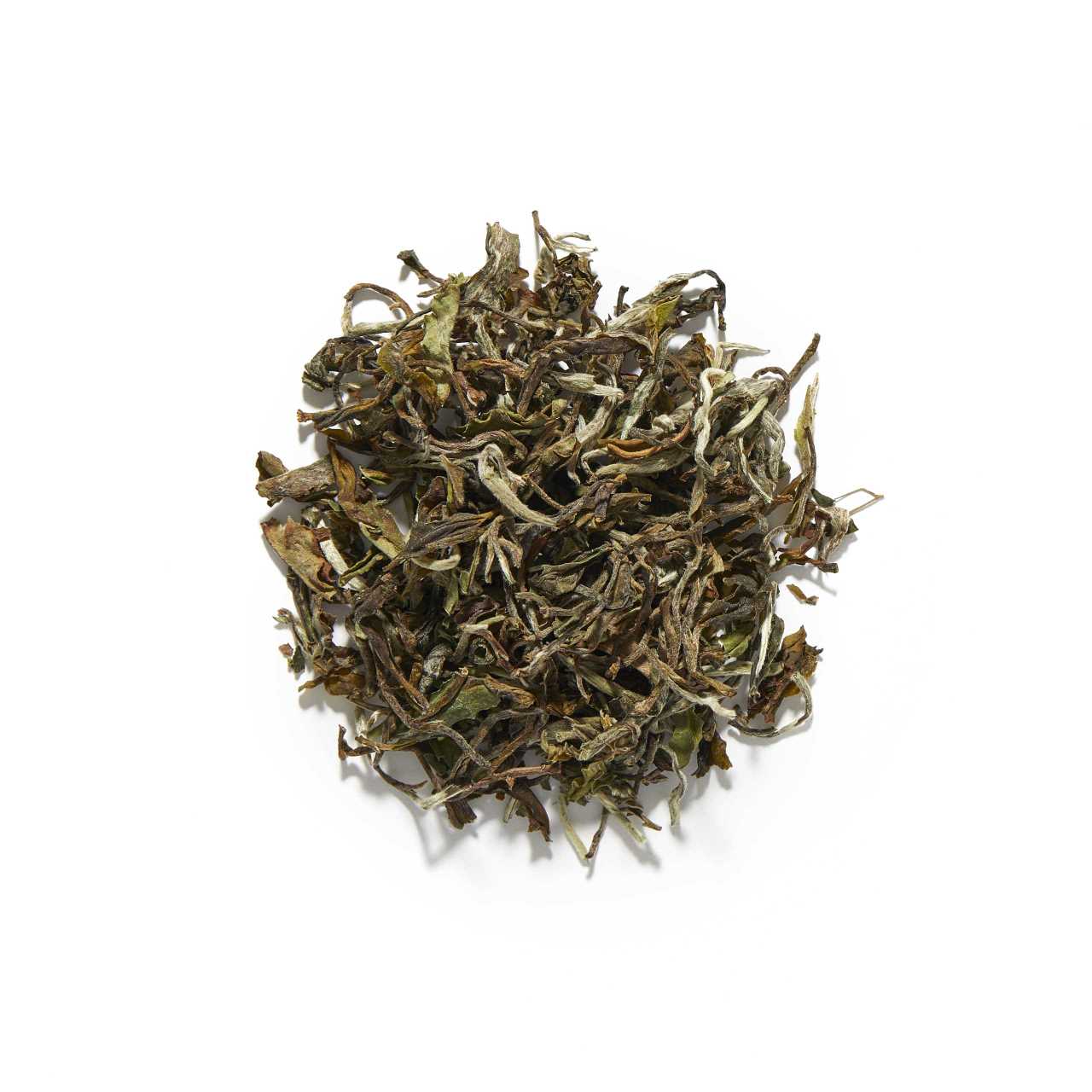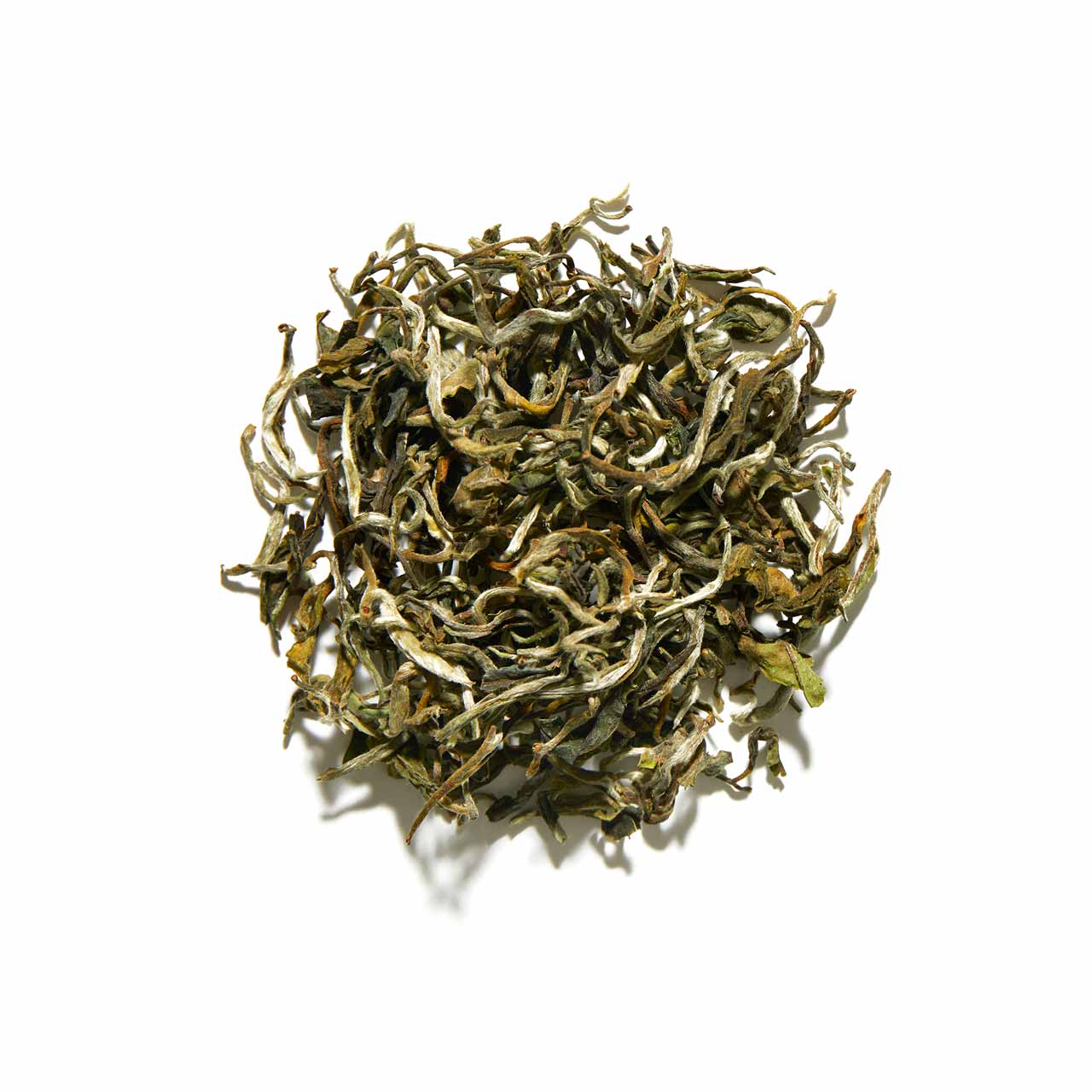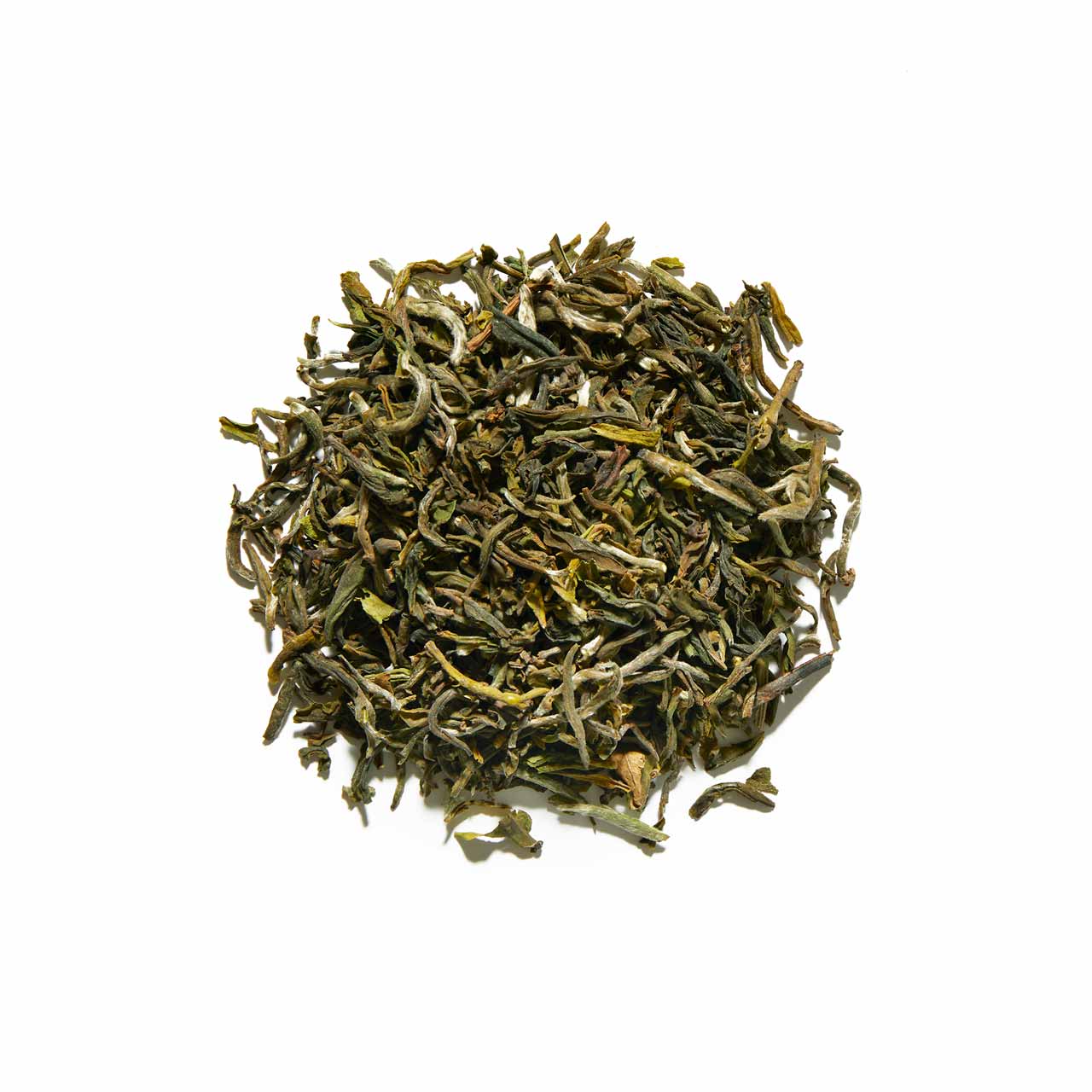What is First Flush Darjeeling?
The First Flush of Darjeeling tea is an eagerly awaited time of year for connoisseurs, but it may not be something you've heard of before.
Don't worry, in this blog we break down everything you could ask about First Flush Darjeeling; what it is, where it comes from, what makes it special and our premium collection of 2025 First Flush Darjeeling teas.
What is the First Flush harvest?
First Flush refers to the first harvest of the year. Many tea growing regions go through the normal four seasons; spring and summer are the primary seasons for harvest, with the tea plants going into hibernation in the colder months. Once the spring sunshine returns and the temperatures rise, the tea plants come back to life and able to be harvested.
What makes it special?
During hibernation, the plants store energy and nutrients which are then used to aid the growth of the first spring leaves. The leaves which are harvested in the first flush start their growth in the late winter months. Due to the stress caused by colder temperatures and reduced sunlight, the tree needs to use more of its energy to grow these leaves, which creates the unique flavours distinctive to the First Flush.
The very first tea plucking of that year’s harvest is known as the First Flush and signifies the start of a new season and
their arrival is a highly anticipated event in the annual tea calendar.
What is Darjeeling Tea?
Darjeeling tea is typically a light black tea (although the tea leaves can be processed as a green tea or a white tea, also), hailing from the district of Darjeeling in Bengal, India, right at the base of the Himalayas.
Tea production in Darjeeling started in the 19th century when keen botanist, Dr. Archibald Campbell, experimented with tea with seeds harvested from a Chinese cultivar. The plants took to the environment and plantations soon spread.
The region only produces around produces only around 1% of the total amount of tea made in India each year, making Darjeeling tea an exclusive indulgence that must be savoured.
What is First Flush Darjeeling?
The Darjeeling district is based at the foothills of the Himalayas. As a result, the average temperature during the winter months 0-7 Celsius, not that different from the UK.
This temperature is too cold for the plants however, which enter hibernation during this period. The tea harvested in the springtime is the First Flush, and when it comes to Darjeeling, it is particularly sought after, due to the natural chemicals the tea plants produced during the hardship of the winter months.
What does this tea taste like?
First Flush Darjeeling has a delicate flavour with a crisp finish, offering green, fruity notes, and the tea has a natural sweetness to it, and the aroma is fresh and floral. Even when processed as a black tea, it does not have the same astringency and bitterness to it. The colour of the infused liquid or the cup colour is typically light to dark golden yellow.
Darjeeling can be enjoyed hot or chilled, and its sweet taste and light brew means you won't need to add milk, sugar or
sweeteners!
The soils in the Darjeeling region are extremely varied depending on the degree of slope, elevation, geo-lithology, and vegetative cover. Hence, each tea garden produces a unique flavour of tea, which takes its qualities from the nutrients of the soil.
Types of First Flush Darjeeling
Each year our owner, Sam, and our team sample a range of First Flush Darjeeling from several renowned plantations. We pick the most outstanding teas from the spring harvest and order them directly from the estates.
Here are our favourites from 2025!
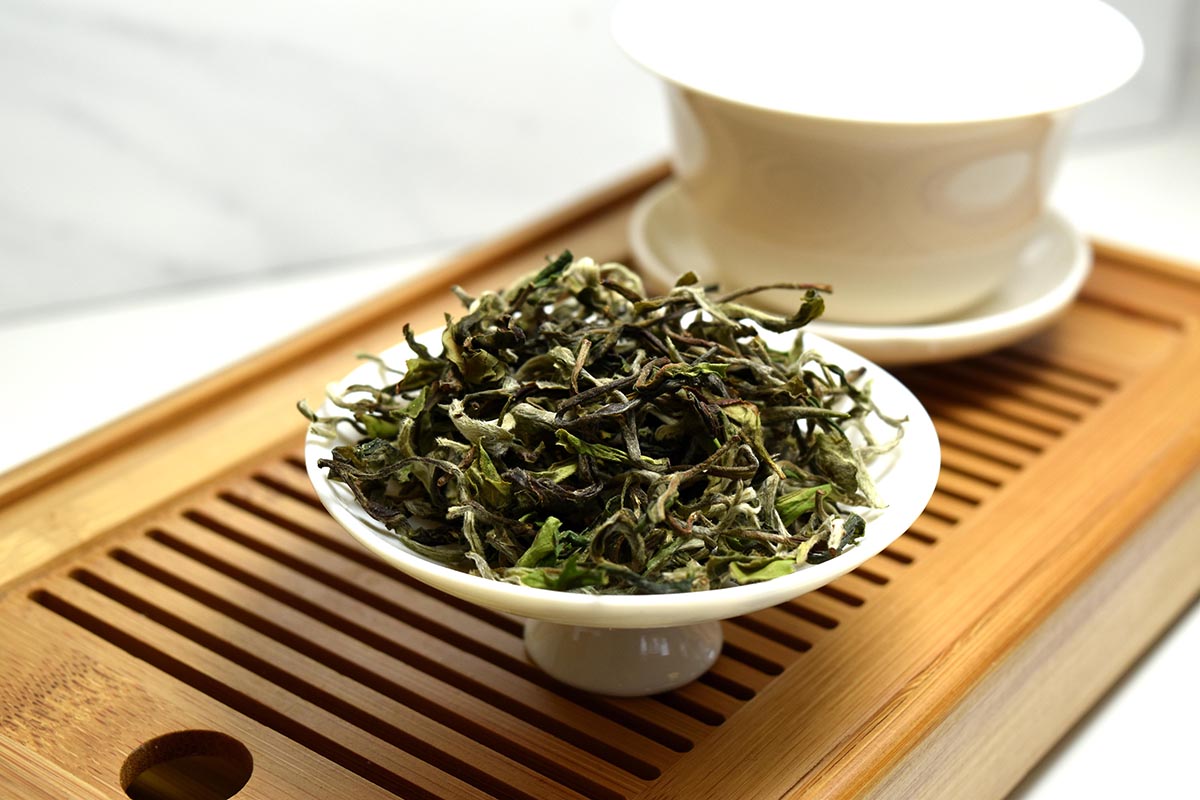
Glenburn White Moonshine
* 2025 Spring Tea coming soon - Enjoy our 2024 Glenburn White Moonshine *
A stunning rare white tea from Darjeeling, Glenburn White Moonshine is a sublimely floral first flush from one of India’s best loved estates. These much-desired tea leaves provide a delicate, refreshing cup, with a flavour reminiscent of spring flowers and fresh fruit.
The leaves feature elegantly curled silver tips and mossy green buds, emblematic of the season and the region from where they were harvested.
The Glenburn tea estate is situated above the river Rungeet, in the foothills of Kanchenjunga, the third-highest mountain in the world.
The estate was founded in 1859 and has been in the ownership of the Prakash family for several generations and has been held in high esteem for decades due to the quality of its produce.
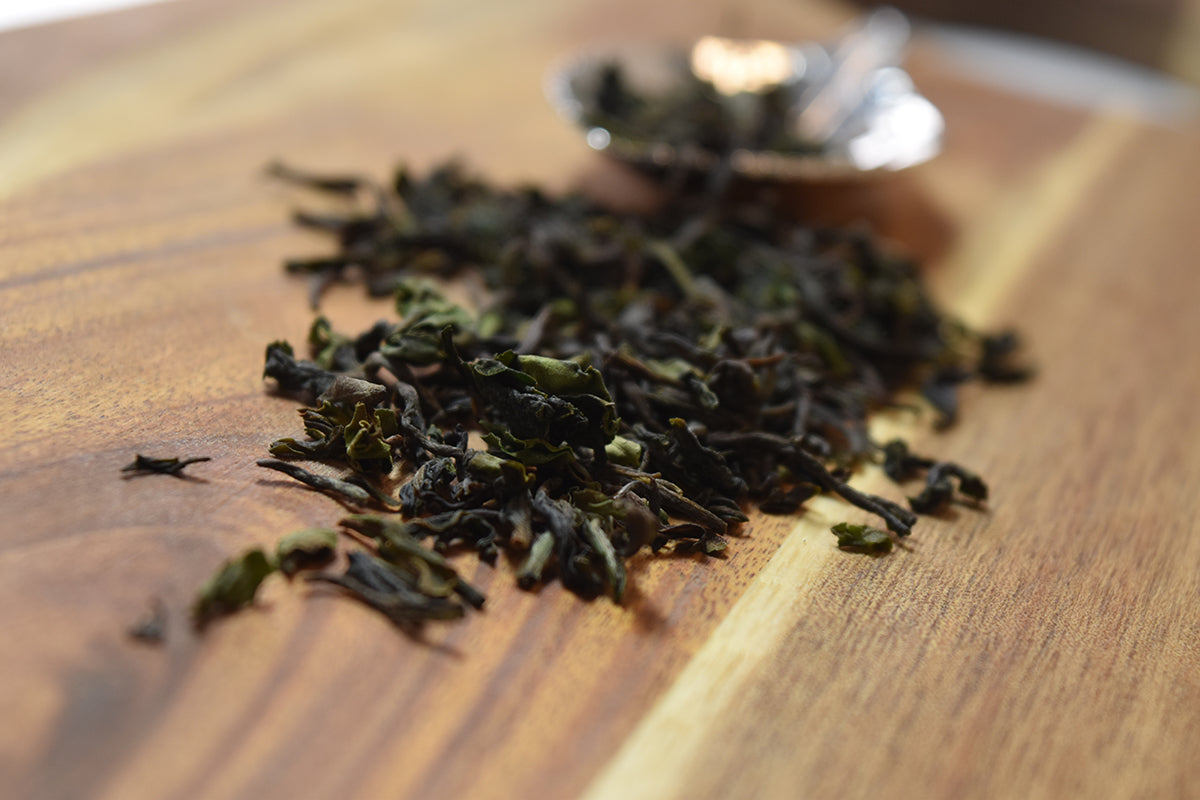
Jungpana
The Jungpana Darjeeling First Flush lightly oxidised black tea boasts a plethora of green leaves and silver tips and a stunning, golden-yellow liquor, with a fresh and fruity flavour and a bold but balanced astringency and a wonderful aroma, producing a delightfully delicate brew.
This secluded tea estate is located in Kurseong, Darjeeling, and was established by Henry Montgomery Lennox in 1899. It is a remote location on the rugged mountain-side, and lush pine forests and fresh mountain springs envelop the estate.
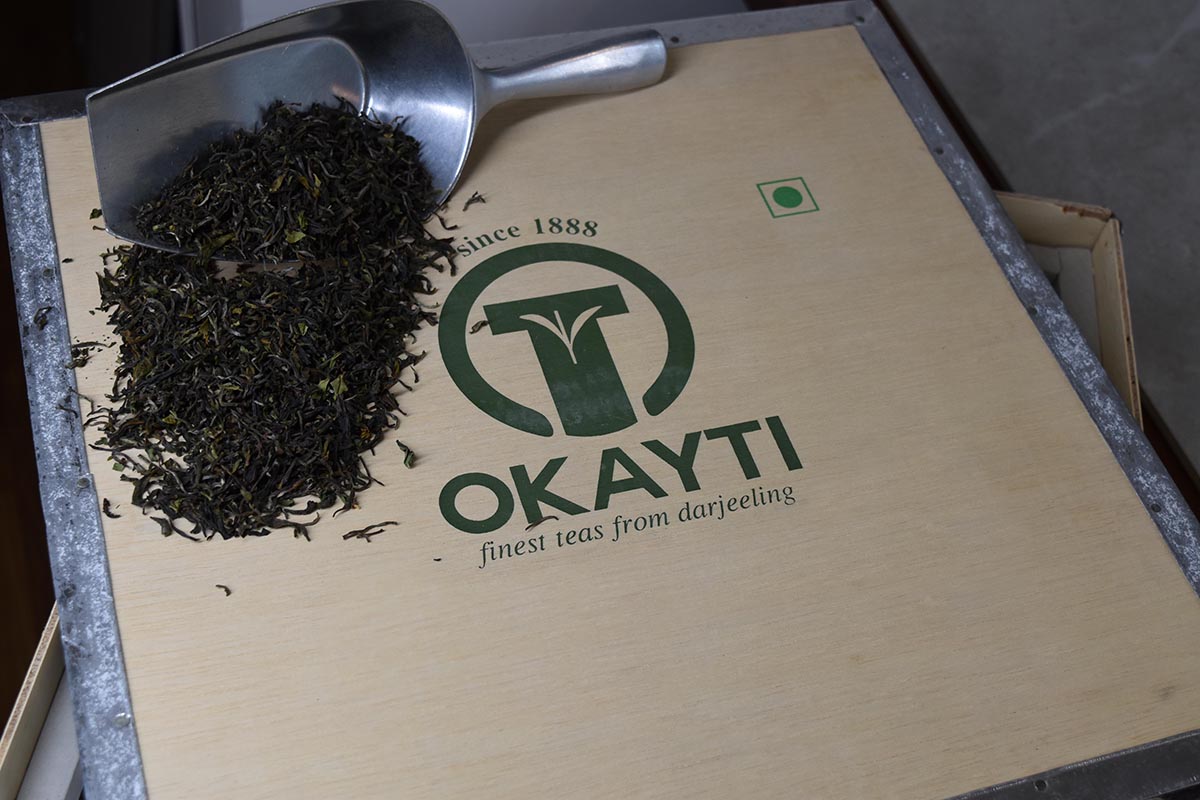
Okayti
The Okayti Darjeeling First Flush is superb black tea, with floral and vegetal notes and a wonderful fresh aroma. The leaves of this tea are delicately twisted with beautiful silver tips.
The Okayti Tea Estate, located in the Mirik Valley is one of the oldest in the region, dating back to the 1870s. The estate itself spreads over 1600 acres of land, with an elevation range of 1220m to 1890m, and is surrounded by tall pine trees which provide the workers and the tea plants with shade on sunny days.
The First Flush is harvested in spring by the estate’s skilled workers, who carefully pluck the leaves and the bud so as not to break them and then take them to the factory to be processed. The factory dates to 1888 and is one of the oldest still in use.
How to enjoy Darjeeling
Darjeeling can be enjoyed at anytime of day, but we believe it truly shines alongside a traditional afternoon tea; it is light and refreshing, offering a palette cleanse between bites, but it has enough depth and flavour to not be lost among the cakes and scones.
Due to its delicate nature and natural sweetness, we recommend enjoying this tea black.
These premium single-estate teas are available in loose-leaf format. We offer a range of tea accessories perfect for loose-leaf brewing, allowing you to enjoy all the flavour of this traditional method, with modern convenience.
Stay up-to-date
Blog posts
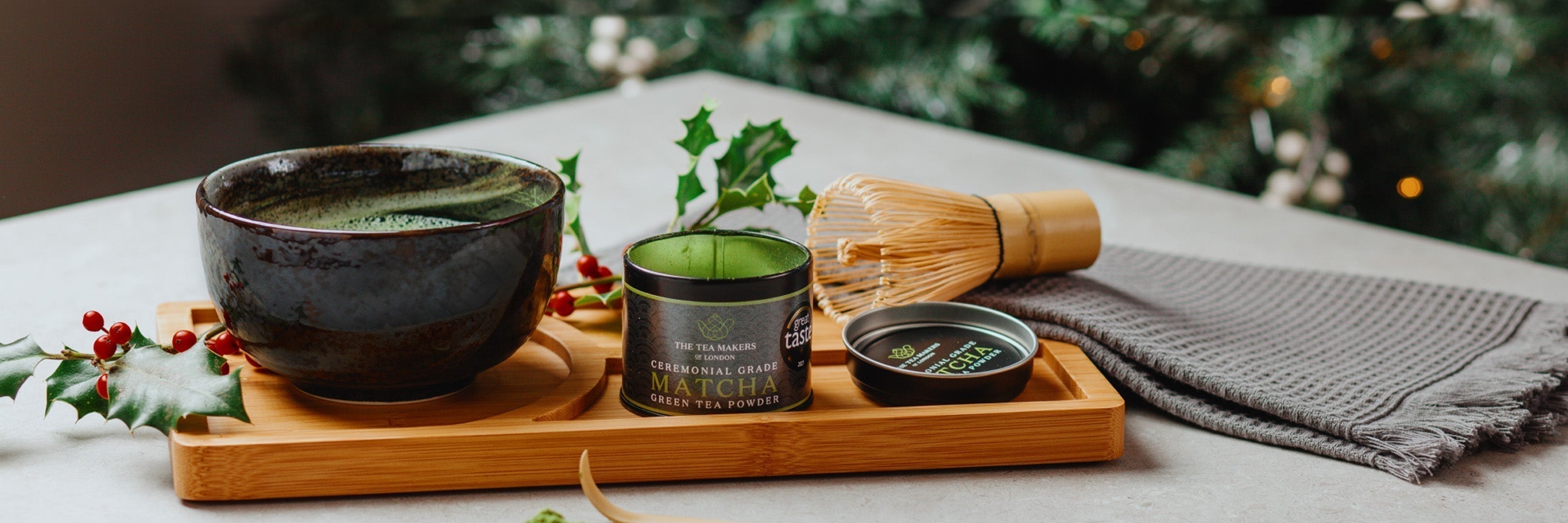
Our Curated Gift Guide

Christmas Tea: Tradition in Every Sip


